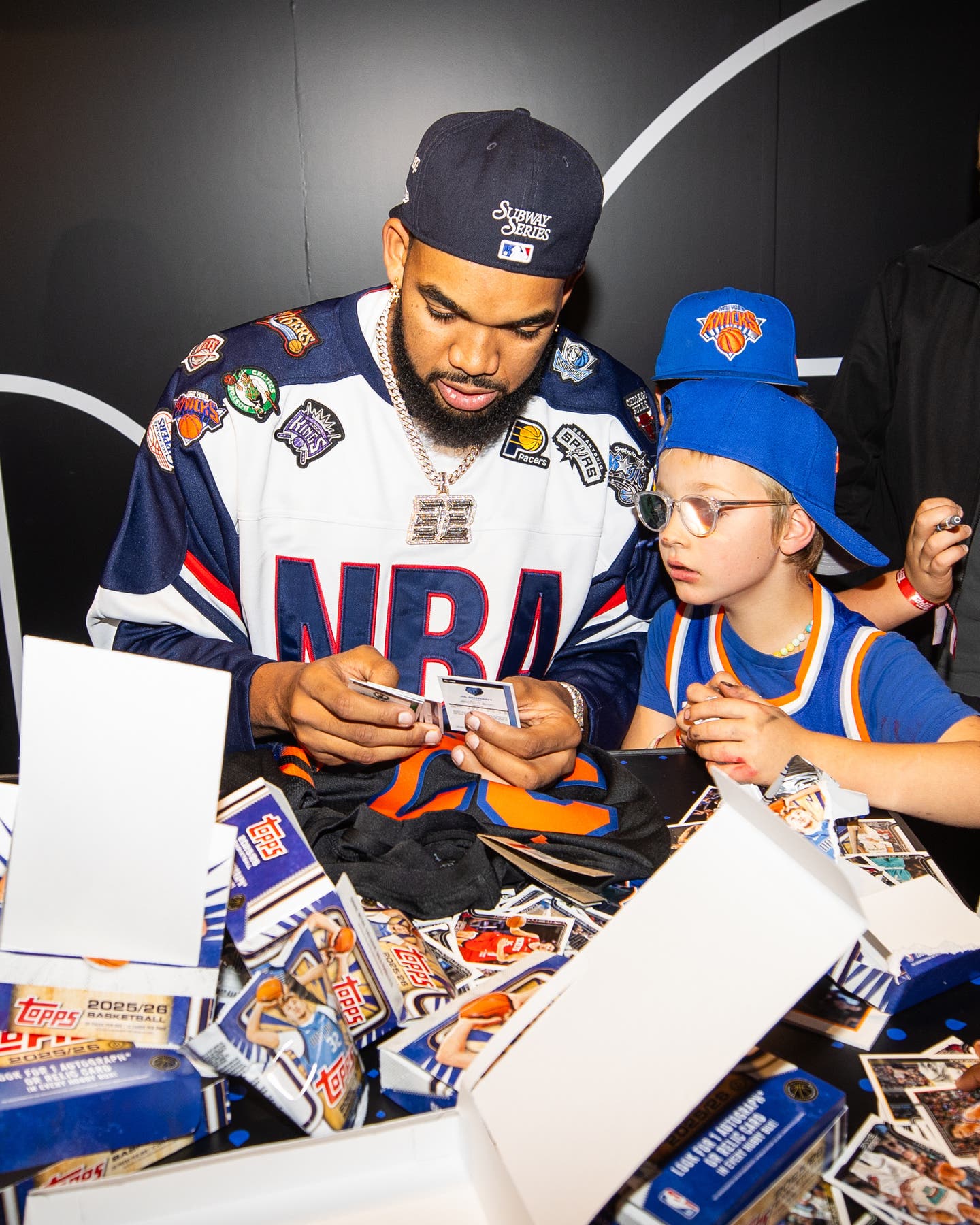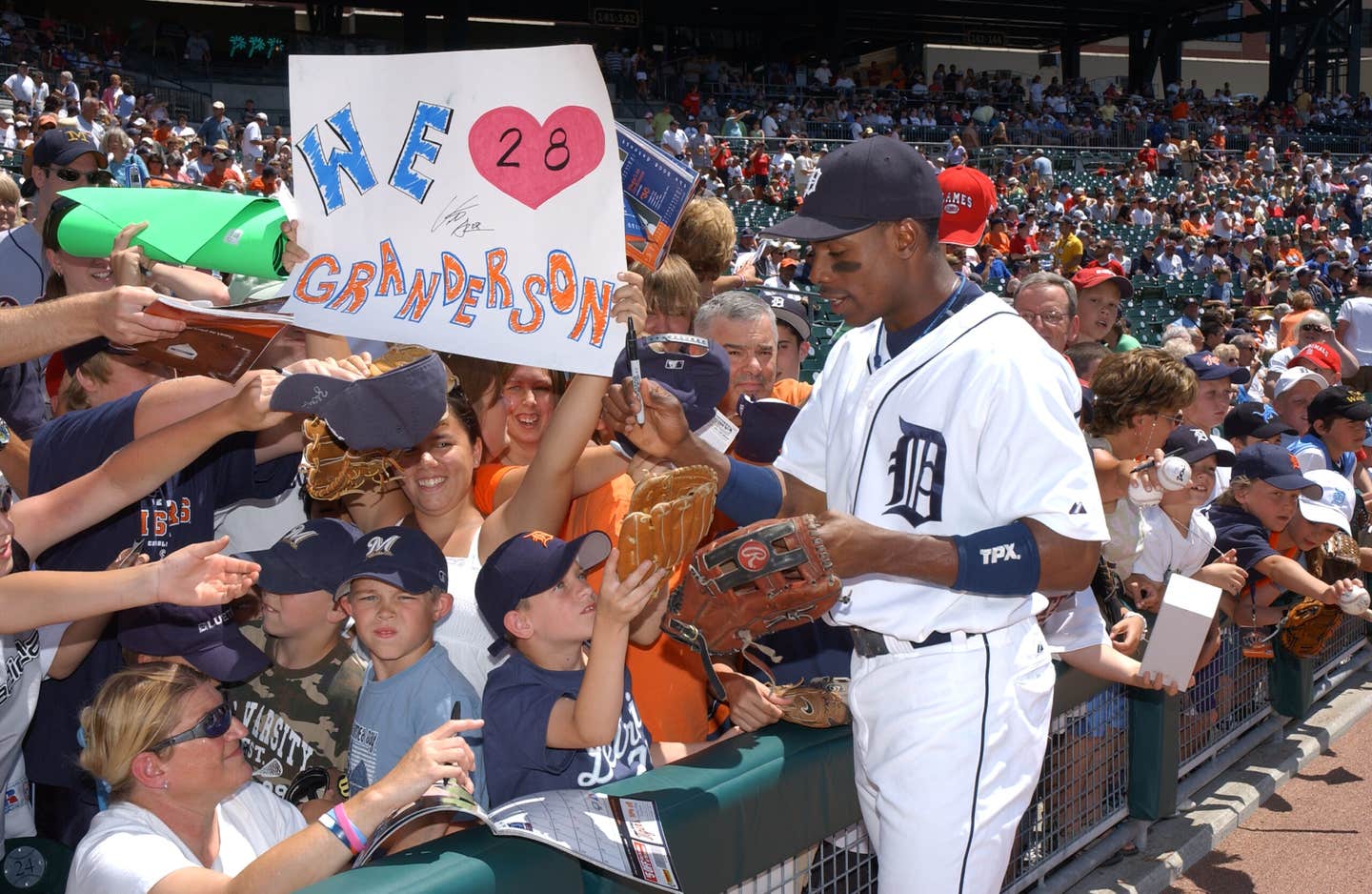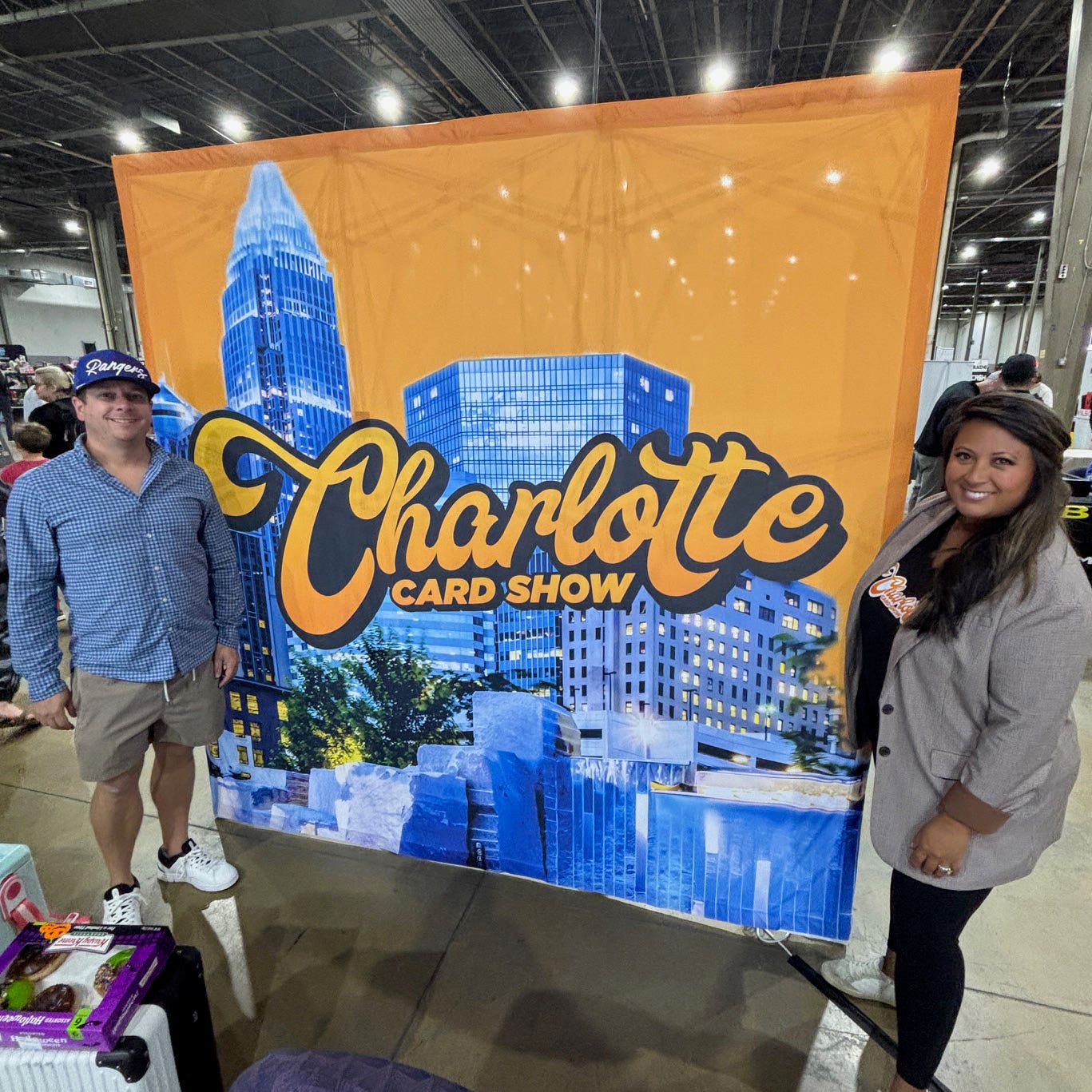Featured
Collector Profile: Thrown for a Knuckler
Funny things happen in life. One action leads to another and suddenly you are best friends with a Hall of Fame pitcher and have a lifetime of memories to show for it.
OK, that scenario is not the eventual life path for everyone. But for John Baker of Columbia, S.C., a decision he made as a teenager to help the March of Dimes raise money to fight birth defects led to a lifelong devotion to raise money for charitable causes and an eventual tight bond with knuckballer Phil Niekro.
Baker first met Niekro in the early 1970s as a teenager. As part of a March of Dimes event in which Niekro was invited to speak, one of Baker’s jobs was to pick Niekro up at the airport and serve as his chauffeur while he was in town.
“That was the thrill of a lifetime to be his personal chauffeur,” Baker said, adding that he served in that role for two years, obtaining his first collectible in the process – a Niekro signed ball.
From that point forward, Baker was a Niekro follower and a Braves fan. He would keep his twin brother awake at night listening to games. His dad would remark, “Son, if you studied your homework like your Braves stats, you’d be a straight-A student.” He even attended the University of South Florida because he wanted to be close to the Braves spring training complex.
As years passed, Baker kept in touch with Niekro from time to time while joining the family real estate development business. His connection to charitable organizations never ceased either.
After helping to raise more than $850,000 for an event in South Carolina, Baker was invited to the National Leadership Conference of the March of Dimes in San Diego in 2002. At the conference, Baker was honored with the Franklin D. Roosevelt Humanitarian Award for campaign leadership and was named the National Volunteer of the Year Award winner, as well.
During that trip to San Diego, Baker visited the San Diego Hall of Champions in Balboa Park and saw an unusual piece of artwork – a Tony Gwynn jersey made up entirely of baseball cards created by LaVern Brock (www.baseballcardart.com). He knew immediately he wanted a similar piece made featuring Phil Niekro, telling Brock, “One day your art will be in the Hall of Fame.”
Eventually, Baker had Brock create the jersey – made entirely of Braves cards – and Baker, over time, wanted the jersey to go someplace special. He offered the artwork to Niekro, who said he wouldn’t accept such a prized gift. For now, Baker held onto the piece.
As time went by, Niekro and Baker’s friendship grew, with Niekro even attending Baker’s 50th birthday celebration. In 2005, Baker attended a Hall of Fame fantasy camp and got to meet Joe Niekro, who promptly proclaimed to Baker, “Any friend of my brother’s is a friend of mine.” Also on hand at the camp were George Brett, Phil Niekro, Robin Roberts and Lou Brock, among others.
Since the event, Baker has become a Friend of the Hall of Fame, contributing financially to the baseball museum. Baker felt that his Niekro jersey artwork would be a perfect fit for the Hall of Fame, where Phil Niekro was inducted in 1997.
The museum turned it down initially, thinking it was painted artwork. Baker tried in vain to explain, but it took Phil Niekro’s influence for the Hall of Fame to give it a look first-hand.
Baker got word recently that his Phil Niekro artwork has been accepted as a permanent gift to the Baseball Hall of Fame, an honor Baker relishes – not just for him but also in helping to honor the career of “Knucksie.”
“I’m grateful to know him, grateful to call him a friend,” Baker said of Phil Niekro. “I’m very involved civically in my community with Jewish and other causes, and everything comes back to Phil Niekro.”
A true case of the healing power of baseball
When becoming friends with a baseball legend, you’d expect the typical tales of battles on the field, late nights on the town and squabbles with management. However, when recalling his friendship with Phil Niekro, John Baker has more personal stories – amazing stories of coincidence and the unexplainable.
After the 1983 season, the Braves let Niekro go, thinking at age 44 he’s on an empty tank. He’s just 32 wins shy of 300. The Yankees scoop him up and he wins 16 games in 1984 and another 16 games in 1985, becoming the first pitcher in a Yankees uniform to notch 300 wins.
But it’s that 300th win that has a remarkable story, as retold by Baker. In September 1985, George Steinbrenner brings over Joe Niekro from the Astros to join his brother for the pennant chase. During this time, the Niekros’ father is in a coma in West Virginia, and both boys visit their dad often. On one visit, the brothers are talking about how those in a coma have been known to still be aware of their surroundings. The Niekros ask their dad to blink if he can hear them. He does. And then he raises his arm and brings it back down. The brothers give their dad a pencil and some paper and, in time, he writes, “Win happy.” Phil takes that to mean his father is saying get out of the hospital and make history with his 300th victory.
On the last game of the season, with Phil still needing that elusive victory, the brothers make a deal. Phil will start the game and Joe will come in for the save, so both are associated with Phil’s milestone. During the game, Phil never throws his trademark knuckle ball once through eight innings of shutout ball, jumping out to an 7-0 lead. In the top of the ninth, the Yankees score another run. In the bottom of the ninth, Phil gets the first two outs and Joe trots in from the bullpen to the mound – only he refuses to take the ball from Phil. Joe says, “Phil, if you get another out, you will be the oldest pitcher in Major League Baseball history to throw a shutout.”
As you might expect, Phil gets the final out – using his trademark knuckle ball for the final pitch – and notches his 300th win.
Walking off the field after the game, Joe meets his brother and tells him some amazing news regarding their dad. The game was broadcast into their father’s hospital room.
During the seventh inning, the elder Niekro wakes up out of the coma, turns to his wife and says, “Sonny is pitching a pretty good game.” Phil and Joe’s father goes on to live two more years, including being able to watch Joe pitch in the 1987 World Series with the Minnesota Twins.








